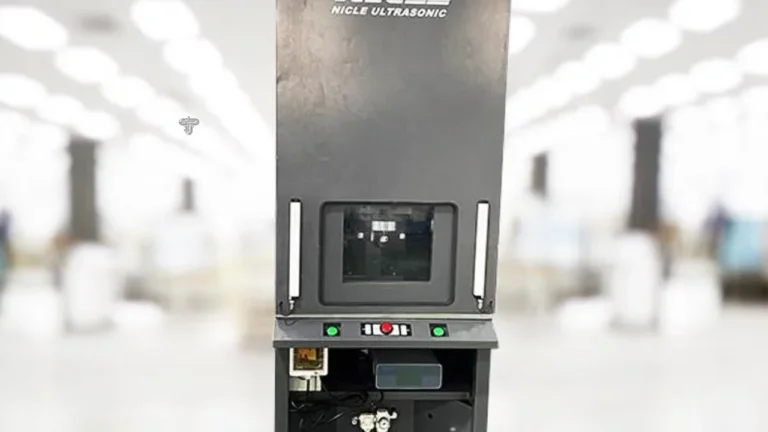From Integration to Insight: Punchout Catalog Tactics That Maximize Procurement Value
Modern procurement teams demand speed, clarity, and fault‑tolerant data flows. A catalog can satisfy all three—especially when powered by punchout software—if its first handshake with an ERP lands cleanly. Begin by selecting a single open exchange protocol—cXML or OCI—and scripting exhaustive handshake tests with SAP, Oracle, and Ariba tenants. Log latency, packet drops, and field mismatches. Adjust mappings before launch. A fault discovered in staging costs minutes; one missed in production costs relationships.
Data Accuracy Loop
Trust rises or falls on current information. Sync inventory counts and prices to the master database every fifteen minutes. Use delta files, not full exports, to conserve bandwidth while keeping numbers fresh. The tight loop prevents back‑order tension and surprise markups that derail carts.
Interface That Guides, Not Hides
The user interface is a silent negotiator. Limit category depth to three levels. Label filters with plain nouns (“Cable Length”) rather than jargon. Display thumbnails at a 1:1 aspect ratio so rows stay aligned on any screen.
Run search queries the same way buyers will—SKU fragments, misspellings, and vague nouns. Index synonym tables to catch them all. Track “search‑to‑add” time; if users need more than seven seconds, refine attributes or boost relevancy weights.
Personalized Commerce
Authenticated buyers expect contract pricing without delay. Pull terms on login and overwrite list values instantly. Color‑code discounted lines so purchasing staff sees savings at a glance while margin logic remains hidden.
Mobile Performance
Field engineers place orders from loading docks and service vans. Use responsive grids, compress images below 100 KB, and trigger lazy loading beneath the fold. Faster first paint conserves cellular data and keeps impatient thumbs engaged.
Client Sandbox Environments
Create a sandbox copy of the catalog for each major client, populated with test SKUs and staging price lists. Their IT unit validates workflows without touching live stock counts. When sign‑off arrives, switch a DNS record and the production feed appears instantly.
Automation Beyond Checkout
Automation should continue after order confirmation. Push shipping milestones to the buyer’s ERP as status codes, not free‑text emails. That decision unlocks dashboard roll‑ups and SLA tracking on their side—an extra convenience remembered at renewal time.
Insight‑Driven Reporting
Numbers tell stories. Export line‑level orders weekly, group by cost center and commodity code, and flag spikes against historical baselines. A one‑page PDF sent to the category manager can spark a joint initiative that lifts volumes for both parties.
Security Without Friction
TLS 1.3, ninety‑day API key rotation, and tokenized payments keep threats at bay without adding clicks. Schedule quarterly penetration tests with an external firm and share a two‑sentence summary of findings. Brief transparency beats silence when auditors arrive.
Sustainability Signals
Fortune 500 firms track carbon impact alongside cost. Add an optional emissions column to the order feed. Pull coefficients from the logistics partner’s API and multiply by parcel weight. The data drops straight into a buyer’s ESG ledger—no extra keystrokes.
Self‑Serve Support
Short videos beat dense manuals. Record two‑minute screen captures that show cart creation, approval routing, and change orders. Post them beside printable quick‑start PDFs so junior purchasers can troubleshoot at midnight without paging an account manager.
Mobile‑First Monitoring
After launch, watch the catalog like a live system, not a static file. Track load times, bounce rates, and conversion metrics across phones, tablets, and desktops. Data spikes often precede complaints; proactive fixes prevent tickets.
Content Refresh Cycle
Revisit the catalog every quarter. Rotate spotlight products, retire dead SKUs, and A/B test banner placement. Small layout tweaks compound; a single‑digit lift in conversion today becomes a double‑digit revenue gain by year‑end.
Continuous Improvement Mindset
Every tactic feeds one objective: transform a static price book into an adaptive procurement asset. Mention punchout integration once, then let disciplined iteration carry the experience forward. By doing so, you shift from supplier to trusted advisor—one enhancement, one insight, and one satisfied buyer at a time.





